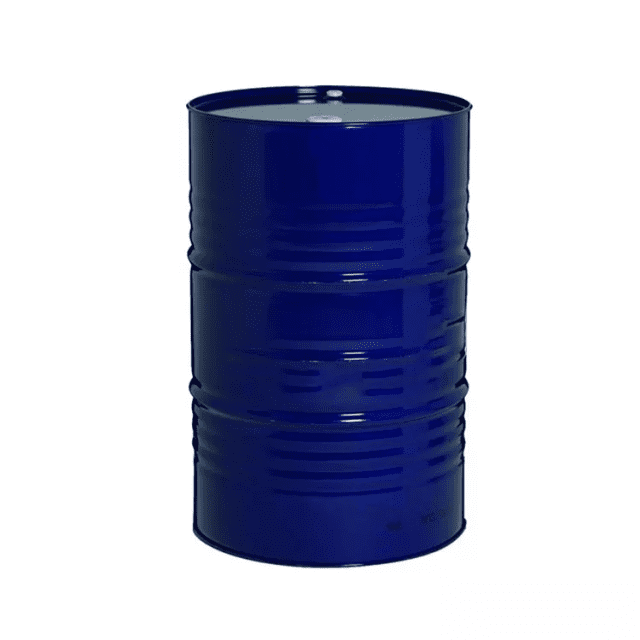Deciphering the Molecular Architecture of Potassium Acetate
Potassium acetate, represented by the chemical formula CH3COOK, stands as a compound of paramount importance, finding utility in a myriad of applications spanning from chemical synthesis to pharmaceuticals. A pivotal aspect in comprehending its behavior lies in unraveling the molecular structure underlying its properties. In this discourse, we embark on an exploration of the intricate molecular architecture of potassium acetate.
Composition and Molecular Components
Potassium acetate comprises two fundamental components: potassium ions (K+) and acetate ions (CH3COO-). The acetate ion, stemming from acetic acid, embodies a unique arrangement of atoms. It consists of two carbon atoms bonded to each other, with three hydrogen atoms attached to one carbon and an oxygen atom bonded to the other carbon. The remaining oxygen atom carries a negative charge, imparting the acetate ion its overall negative charge.
Crystal Structure
In its solid-state manifestation, potassium acetate crystallizes into a well-defined lattice structure. This crystalline lattice arises from the cohesive arrangement of potassium and acetate ions, governed by electrostatic forces and spatial constraints. The positively charged potassium ions are interspersed amidst the negatively charged acetate ions, fostering an intricate three-dimensional lattice.


